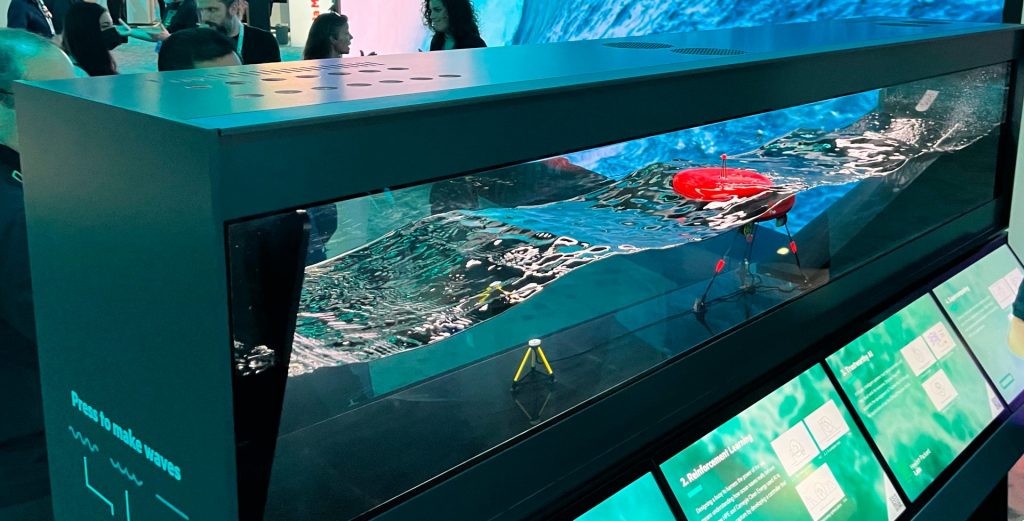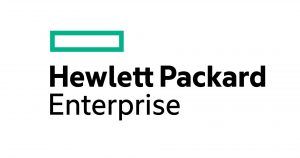
Reinforcement Learning Controller

Reinforcement Learning Technology
Wave energy and Artificial Intelligence collide
The capacity to collect and connect data is a driving force for technological advancement.
Hewlett Packard Enterprise is directly collaborating with Carnegie Clean Energy and creating AI to more effectively harness the power of the ocean waves for renewable energy production.
Beyond enhanced power capture, reinforcement learning (RL) can deliver increased safety in extreme wave conditions and leverage the use of ‘swarm’ technology.
REinforcement learning Controller
HOW IT WORKS
The controller in CETO sets the forces applied in the mooring lines that link CETO’s three power take-offs (PTOs) to the foundations on the sea bed. To extract maximum energy these forces need to be adjusted constantly to match the size and shape of the wave driving CETO. The reinforcement learning (RL) controller sets this force and is rewarded for good performance (more energy capture). Much like a human, the RL finds ways to achieve greater rewards by exploring different force profiles. Over time the ‘experience’ of the RL controller grows and along with it so does the performance.
The RL controller can also be rewarded for other desirable outcomes such as safe operation, minimisation of fatigue and optimal performance of the entire CETO array, not just the individual devices.
Reinforced Learning Technology
Real World Applications
Applying reinforcement learning has already been shown through simulation to increase the energy capture capacity of Carnegie’s CETO device by up to 20%, and this is just the beginning. Tank testing in the wave tank at IHC Spain in 2023 has supported the validation of these simulations. Following further improvement, the next step is to see RL in action for the first time ever in the open ocean as part of the EuropeWave project.